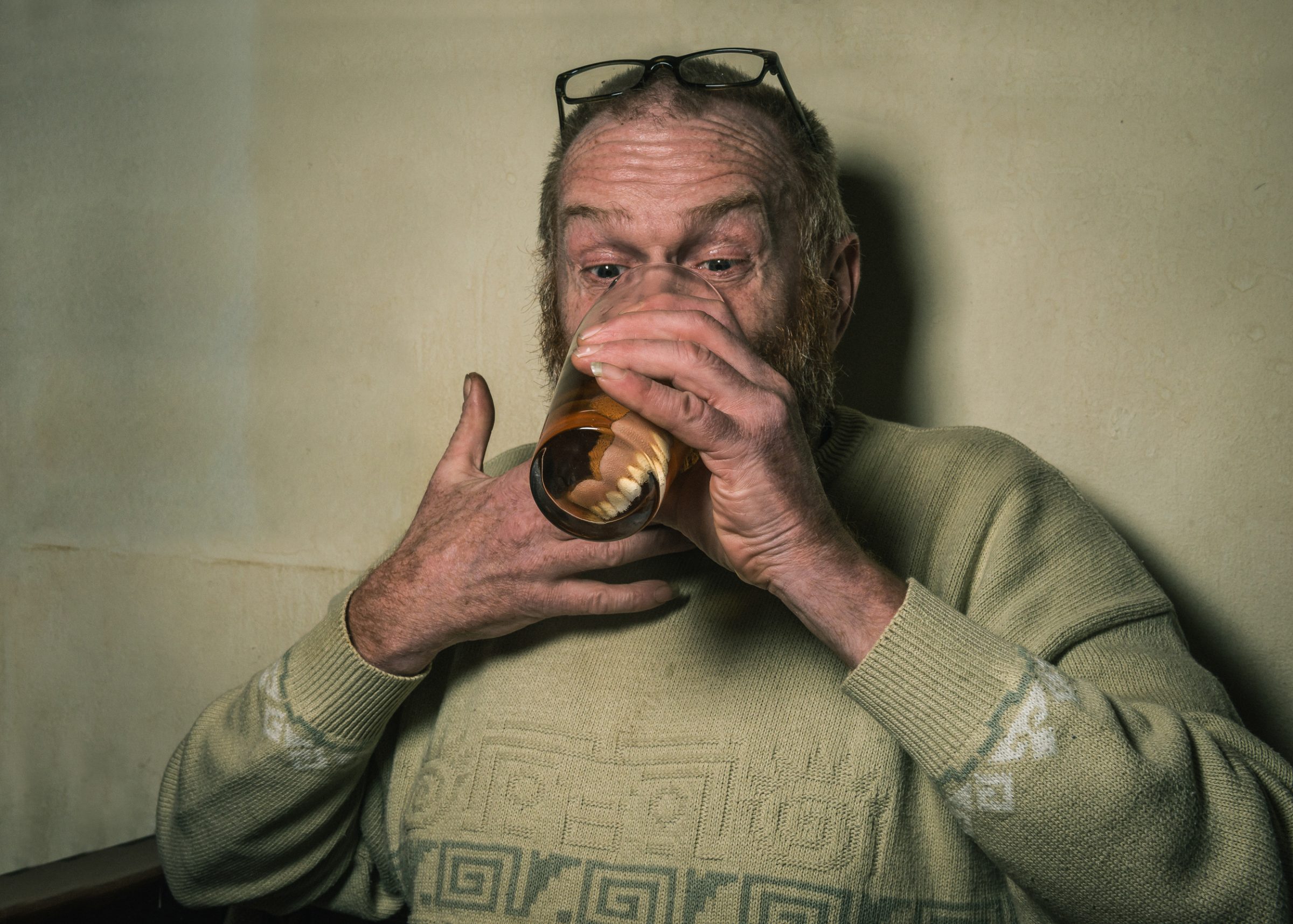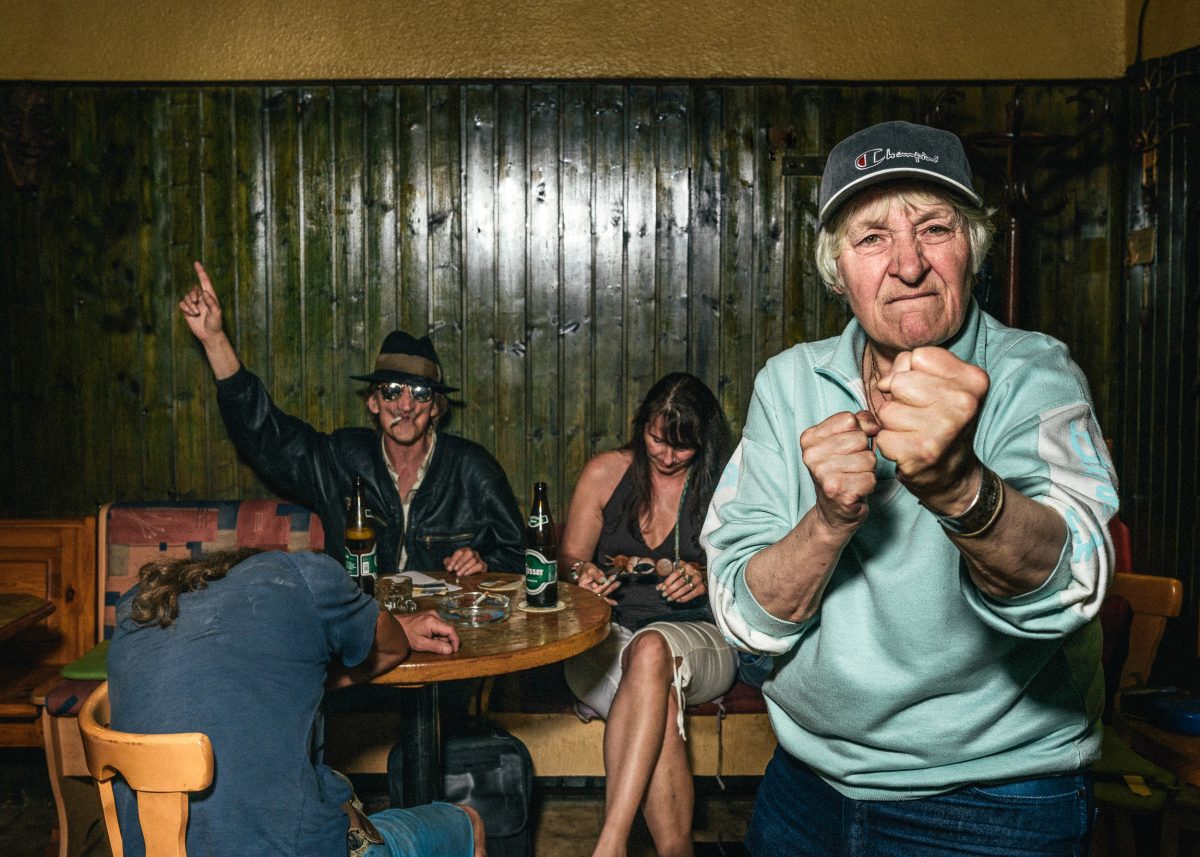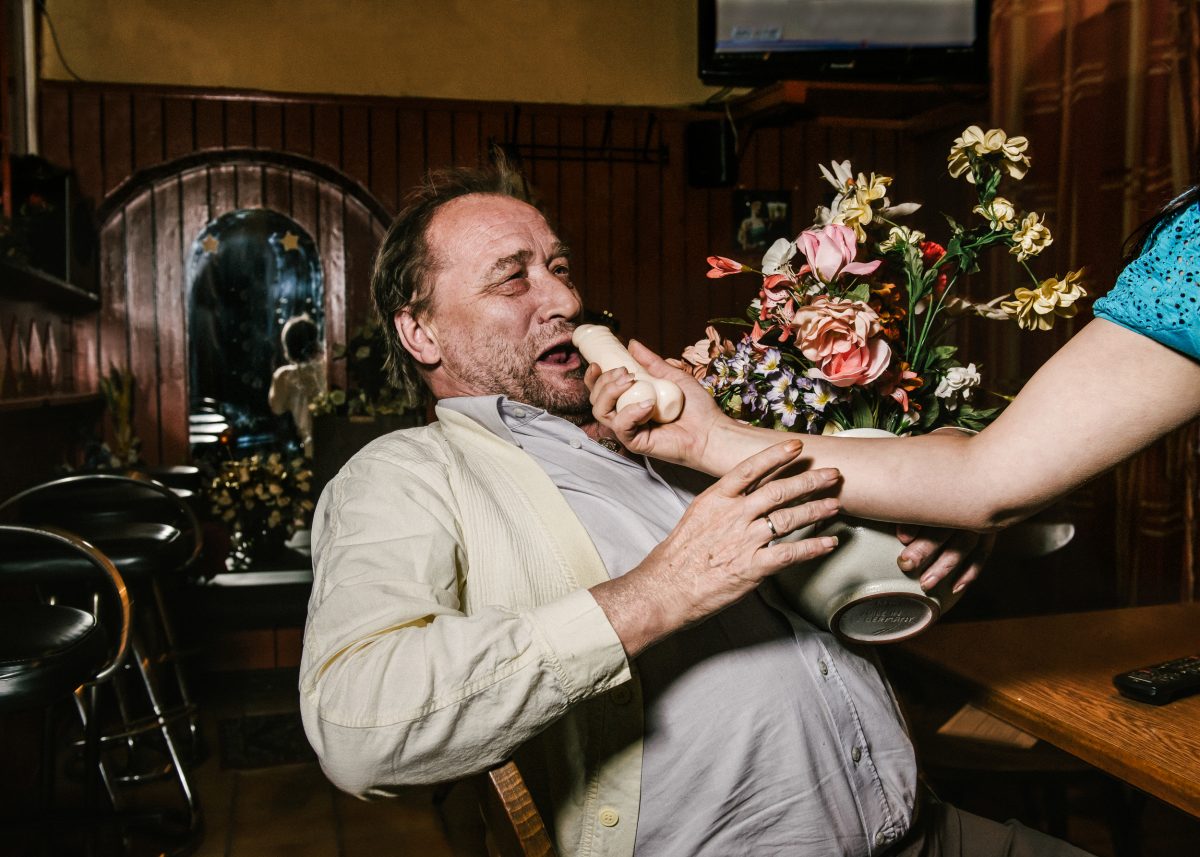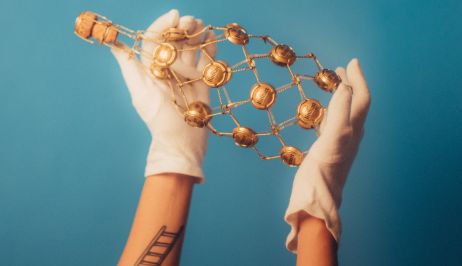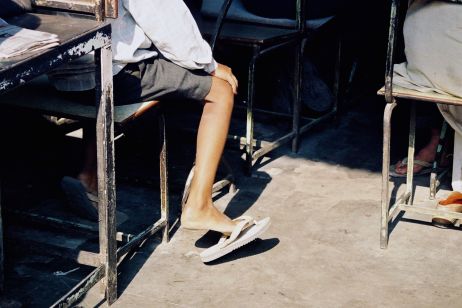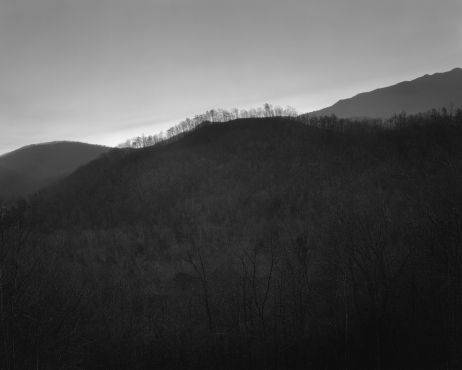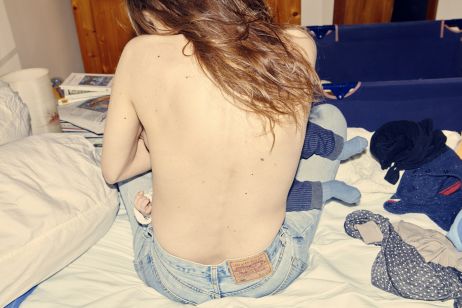Branntweiners are small-sized drinking venues, open early in the morning to satisfy their regular clients. They are slowly disappearing, thanks to the infamous alcohol-induced brawls and stabbings that occur in their vicinity. In Vienna, Klaus Pichler and Clemens Marschall explored these bars, where people often stigmatized by society take refuge. Klaus’ pictures, Clemens’ texts, and the countless testimonies of bar-keepers are gathered in a book – Golden days before they end. Klaus’ gaze on these communities is amused and laid-back. He places the viewer at the center of Branntweiner drama, challenging their preconceptions. We went to his exhibition at Cortona On The Move and talked to the Austrian photographer.
Fisheye: How would you describe the people who frequent these places?
Some of them were wild cats when they were younger, some were rich, then landed in prison because of the way they had made their money. Now, this old generation wants to enjoy the time they have left as much as they can. And these bars are their resorts. Generally, the regulars were friendly and respectful, as long as you treat them with respect too.
And how are the bars?
These places are small, smoky, boozy, after laughter comes tears comes laughter. They are the house of the bizarre and the unpredictable. What goes for the people in there goes for the places as well: The customers often know that they should do more about their health issues than to drown them in alcohol, but they do exactly just that as long as they can. And that’s the same for the bars: Instead of fixing and renovating their walls properly from scratch, the owners rather put a plaster here and there, as long as it somehow works.
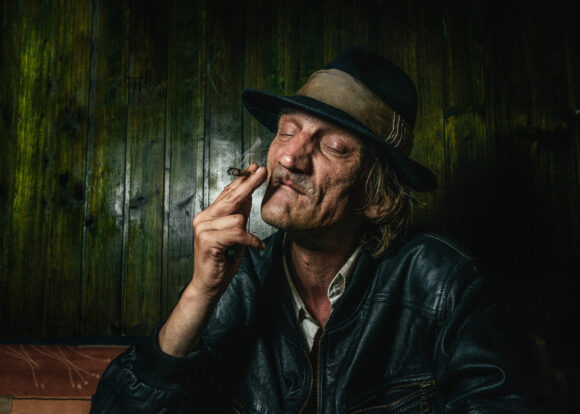
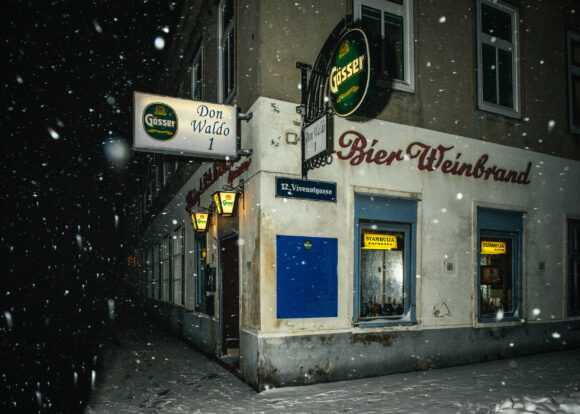
Why are these places shutting down?
We estimate that around 35-40% of the bars have closed down since we started the project in 2012, which is quite a number in this short period of time. It is mixture of many factors that has led to their disappearance. Above all, the generation of people who frequented these bars is dying, and younger people are seemingly not interested to attend these places anymore. Plus, it is becoming harder to drink during the day, because employers are pushing to ban alcohol during working hours. With an exception for some places that have a clever owner, a good location and a bunch of younger people attending, I think that most of these places will disappear in the coming years.
All your pictures have a high contrast, and you used the flash extensively. Why?
I consciously used the flash, not only as a stylistic device, but also as a tool which should make myself visible during the photographing. I just wanted people to know that I was taking photos. I did not want to steal the images, but to take them in the most noticeable way possible. I worked with a handheld off-camera flash with a softbox, which is a quite huge setup for small places like that.
How did your subjects react to your project?
I think that the regulars appreciated the openness of my photographic practice; they were very open towards me and my camera. On a simpler lever, they just had great fun during the whole photographic process, posing in front of me and finding themselves in the images. I always handed them the images and in some bars there’s a ‘wall of fame’ consisting of my images.
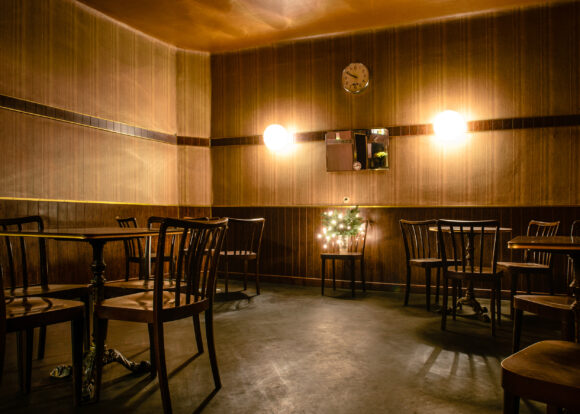
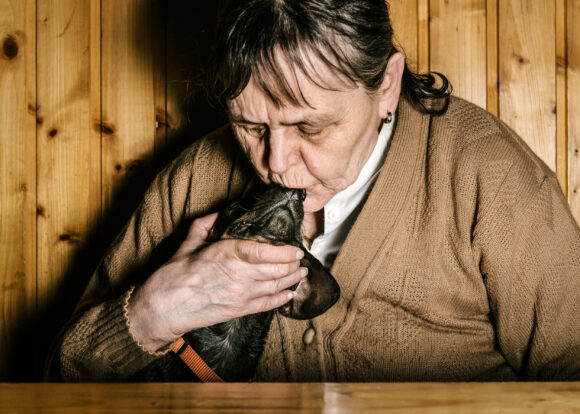
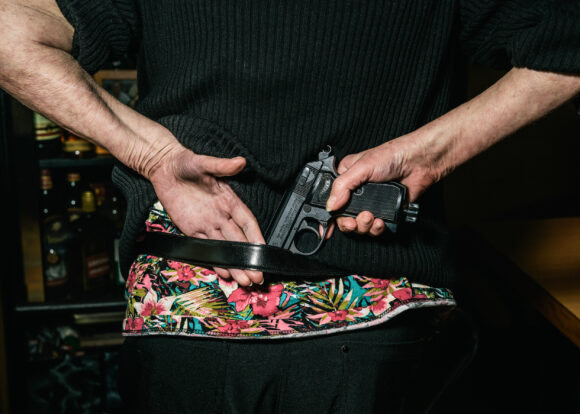
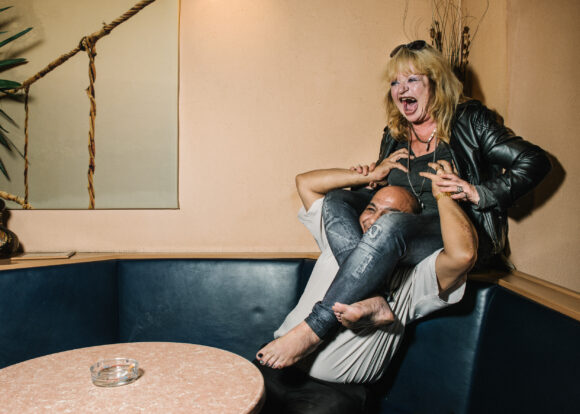

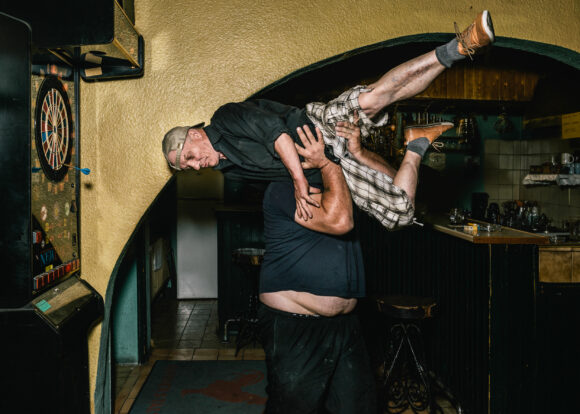
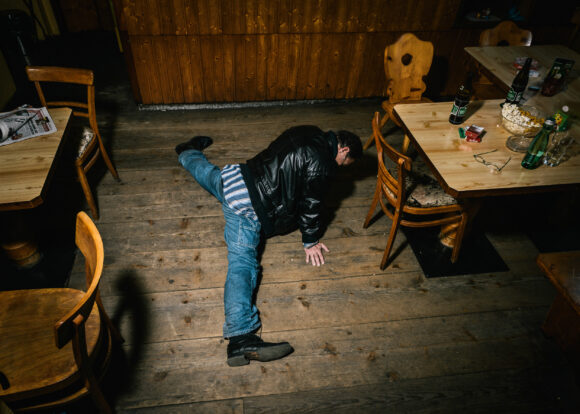
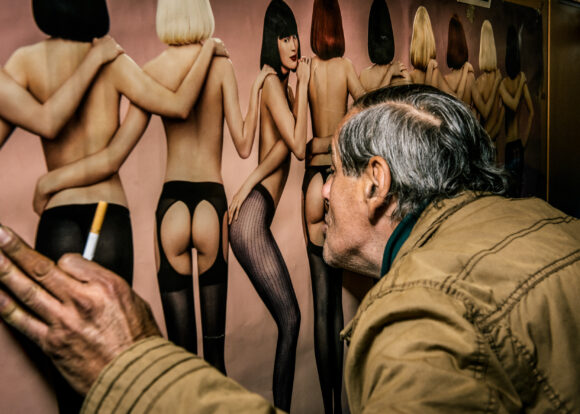
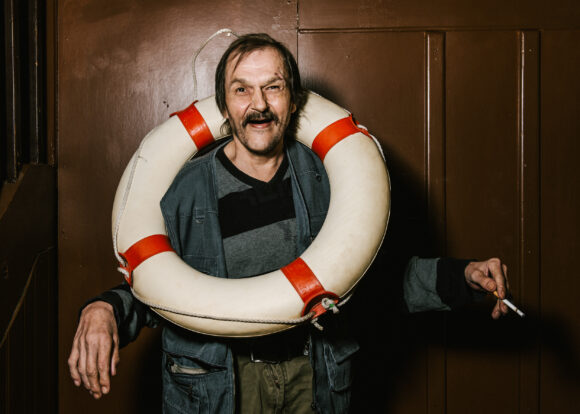
Images from “Golden Days Before They End” © Klaus Pichler
